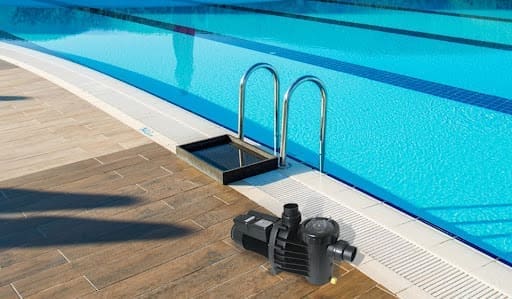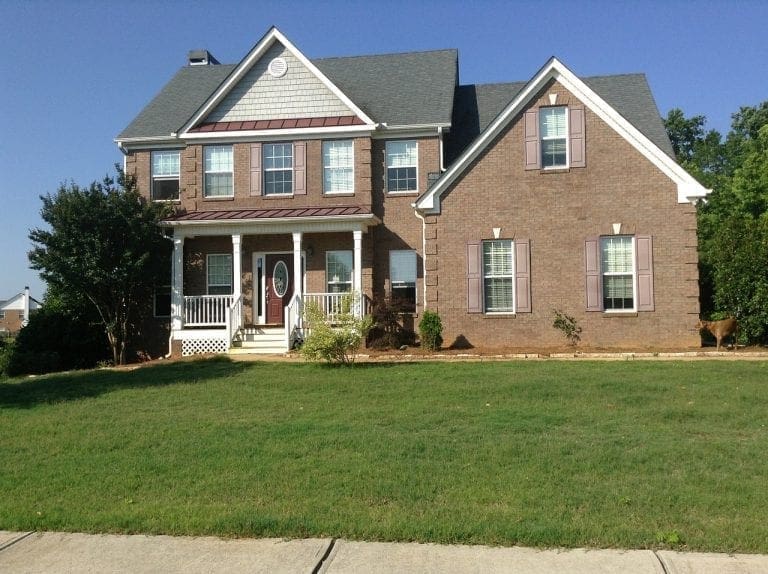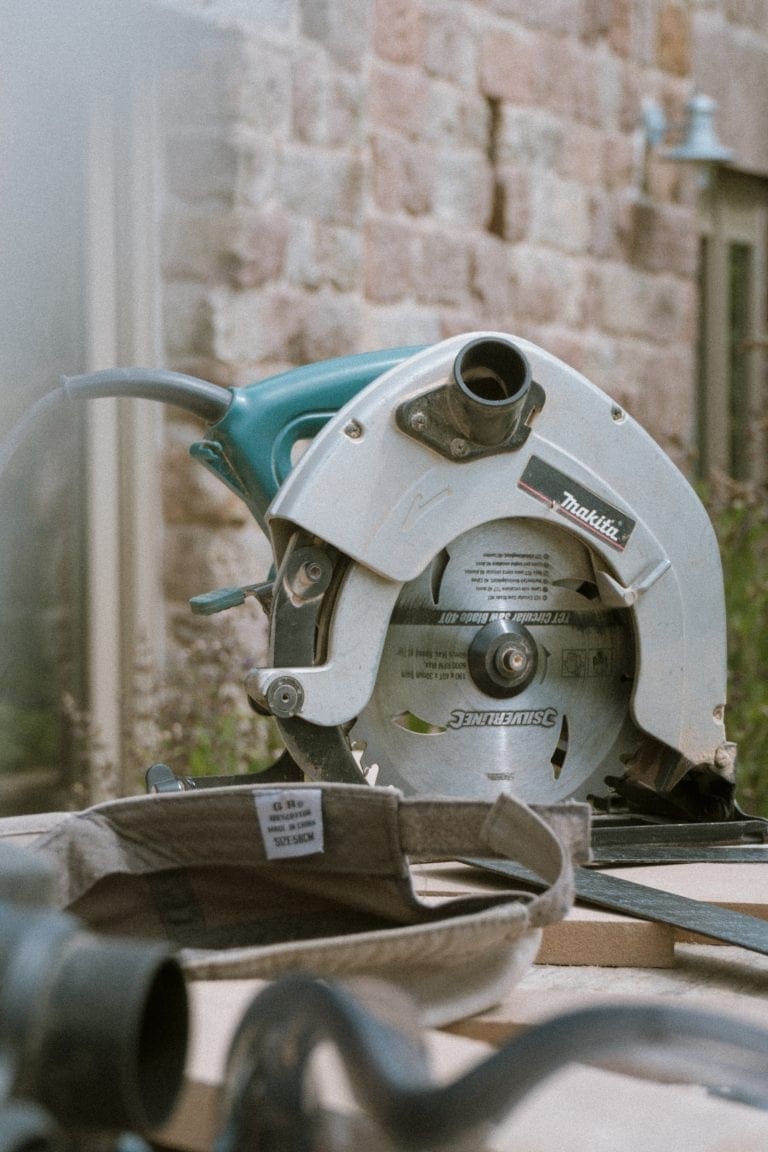When to Swap Out Your Pool Pump: Essential Tips and Common Solutions

The pump in your pool is like the core of your swimming pool, moving water through the filter to maintain its cleanliness. It includes a motor, impeller, and a hair and lint trap with a basket. However, similar to any diligent piece of machinery, pool pumps in Australia have a limited lifespan. It is advised to change your pool pump every 8 to 15 years, varying in quality Understanding the right time to change your pump, as well as analyzing typical fixes for other pool problems, can help you cut costs, save time, and avoid frustration. Let’s delve into the essential facts that we need to know.
When to Replace Your Pool Pump
If your pool pump malfunctions, you will quickly observe several problems. If your pool pump has not worked for several days, you will soon see a buildup of algae scum. Take action on these issues promptly to avoid your pool requiring extensive maintenance before it can be used again.
Here are some other signs that indicate it’s time for a replacement:
Excessive Noise and Vibration
A quiet pump that now produces loud, jackhammer-like clattering sounds could be a sign of failing internal parts. Intense or irregular vibrations coming from the pump are another red flag, indicating it may be approaching the end of its usable life.
Rising Energy Bills
As a pump ages and becomes less effective, it requires more energy to operate, resulting in greater electricity consumption. If your utility bills suddenly rise, buying a new, energy-efficient pump can help you save money by offsetting higher operating costs with less energy use
Frequent Breakdowns
If you find yourself dialing the repair technician more regularly than you call your mom, it might be time for a change. Frequent repairs not only disrupt your routine, but the accumulated costs can rapidly surpass the expense of simply purchasing a brand-new pump replacement.
Leaks
The presence of cracks, faulty gaskets, or any other sources of leakage signifies that your pump has reached the end of its serviceable life. To prevent further water damage and minimize water loss, it is advisable to replace the pump entirely.
High Pressure on the Gauge
If your pool pump is struggling to draw water, it could be due to a clog or an issue with the pump impeller’s strength. Make sure to replace the hair and lint trap if it is full and allow debris to get stuck in the impeller. The basket needs to be replaced once every two weeks.
Overheating
Overheating of the pump could arise due to various reasons and might even result in a fire
1) Many swimming pools are exposed to direct sunlight, so it’s normal for your pool pump to become quite hot, but not to the extent where touching it becomes impossible.
2) When your pool pump remains clogged for an extended period of time, it starts drawing in air instead of water, causing the impeller to spin at a rapid pace. This condition is known as “loss of prime” and can lead to the motor burning out.
3) Inside your pump, there could be excessive friction due to wear and tear on the motor’s bearings, which might even cause a leak in the pump. Motor parts must be replaced before it’s too late.
Conclusion
Don’t panic if your pool pump malfunctions or another issue arises. With some care and the right maintenance plan, you can keep your pool swimmable for years. But when breakdowns become excessive, trust the signs that it’s time for a new pool pump to restore perfection to your backyard oasis.








